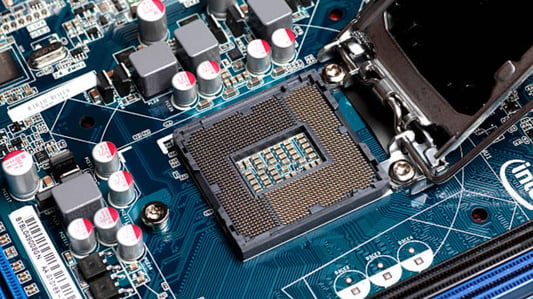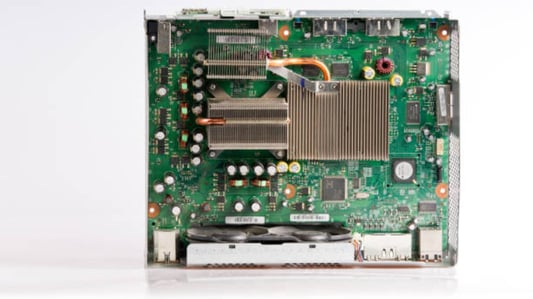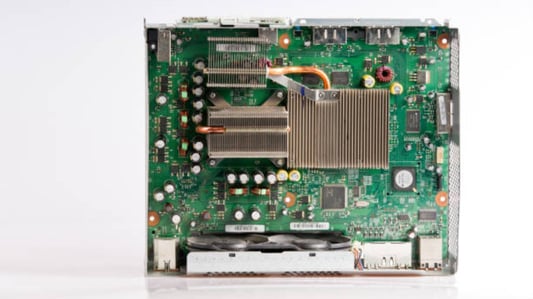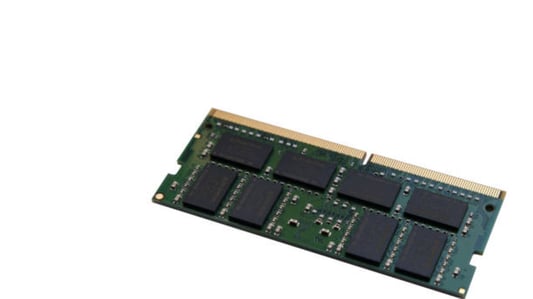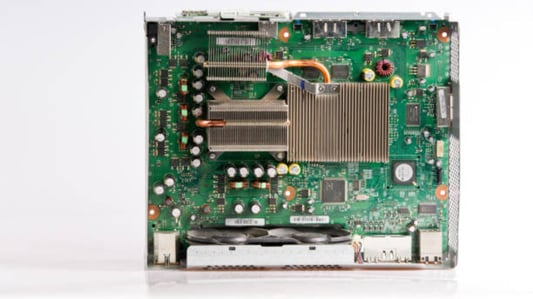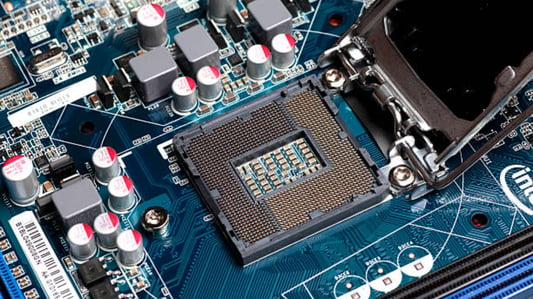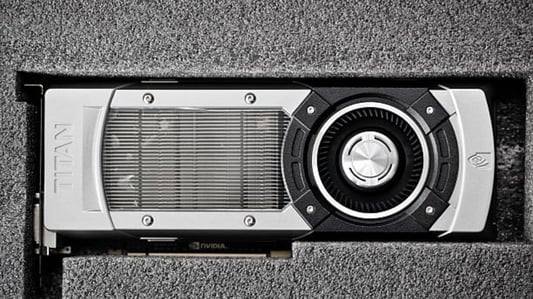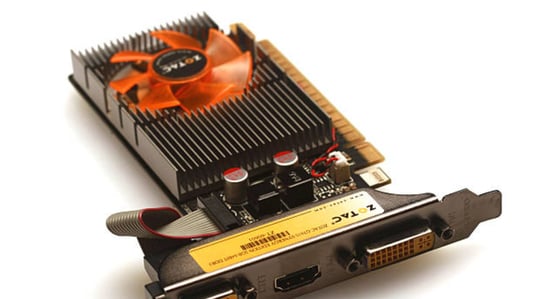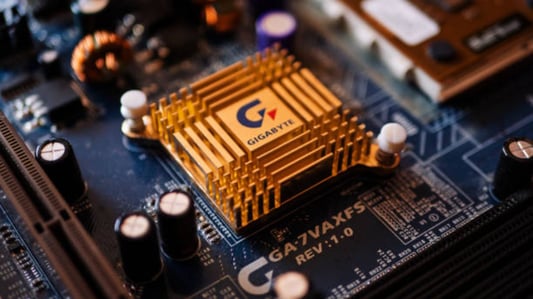What is a Heat Sink?A heat sink is a passive component that helps dissipate heat generated by electronic devices. It is usually made of metal and is attached to the device to absorb and transfer the heat away from it.Importance of Proper Heat DissipationEfficient heat dissipation is crucial for the proper functioning and longevity of electronic devices. Without a heat sink, devices can overheat, leading to performance issues or even permanent damage.Size Does MatterWhen it comes to heat sinks, bigger is not always better. While a larger heat sink can dissipate more heat, it also comes with drawbacks such as increased weight and size, which may not be practical for all applications.Matched to Device SizeIt is important to match the size of the heat sink to the size of the device it is cooling. A heat sink that is too big may not fit properly or may be too heavy for the device, affecting its overall performance.Consider Thermal ResistanceThermal resistance is a key factor to consider when choosing a heat sink. A heat sink that is too big may have a lower thermal resistance, meaning it is less efficient at dissipating heat compared to a properly sized heat sink.Optimal Heat Sink DesignThe optimal heat sink design strikes a balance between size, weight, and thermal efficiency. It is important to consider the specific requirements of the electronic device to determine the ideal heat sink size.Customization for EfficiencyIn some cases, custom heat sink designs may be necessary to achieve the best heat dissipation for a particular device. This customization ensures that the heat sink is not too big or too small for the application.Cost ConsiderationsChoosing the right size heat sink is also a matter of cost. Larger heat sinks tend to be more expensive due to the additional materials and manufacturing processes involved, so it is important to balance performance with budget.Environmental ImpactAn oversized heat sink may have a greater environmental impact due to the resources required to produce it. By choosing the right size heat sink, you can minimize waste and energy consumption.ConclusionIn conclusion, while a heat sink can never be too big in terms of its ability to dissipate heat, it is important to consider factors such as size, thermal resistance, and cost when selecting the right heat sink for your electronic device.Quote InquiryContact us!


